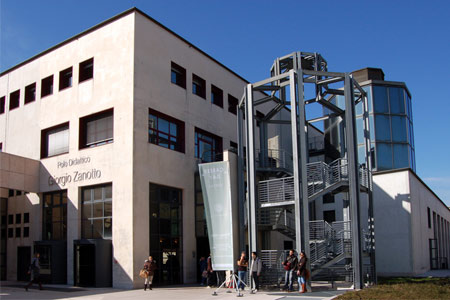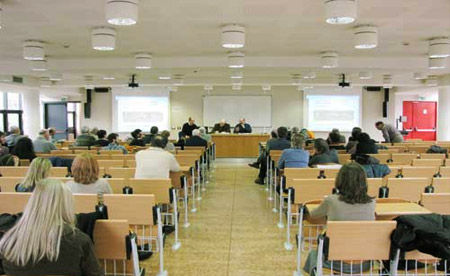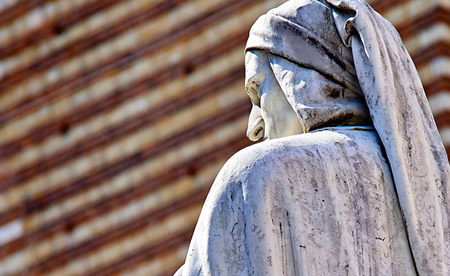
Sono aperte le iscrizioni per la Summer School internazionale organizzata dipartimento Culture e Civiltà che si terrà dal 4 al 7 giugno.
The Verona International Summer School in Medieval Manuscripts offers an intensive course in writing culture between Late Antiquity and Middle Ages. This course will provide an overview of the main elements of Latin palaeography, concentrating on scripts from the Late Antique to the Medieval period (415- 1500). Whilst showing the evolution of letter forms and most common abbreviation systems, the course will consist of practical exercises, reading and transcribing several different types of script. It is also open to students with some experience in Latin palaeography who wish to refresh or improve their skills. Participants must have elementary Latin in order to beneft from the course. It would be useful if they could indicate whether they have any previous experience of palaeography when applying. This course will last for four days and lectures will be given by experts in their respective felds, working both at Verona University, Culture & Civiltà Department, and at a wide range of institutions. Subject areas include Latin, Gothic, Greek and Early Modern Italian palaeography, illuminated manuscripts, codicology, liturgical and devotional manuscripts. Most of the morning lectures will take place at the Biblioteca Capitolare, the Queen of all Late Antique and Medieval Libraries, where a display of its outstanding original Late Antique and Medieval writing materials, with the possibility of practical use of certain medieval items, will be offered to students. Further original Late Medieval manuscripts will be displayed at the Biblioteca Civica, Verona. The course also provides training for historians, archaeologists and textual scholars in the discipline of reading and interpreting medieval graffti and epigraphic evidence, analysed in their original context. The importance of understanding graffti and inscriptions within their archaeological and topographical contexts will be explored during site visits to S. Giorgio/S. Elena, S. Stefano, S. Maria in Stelle, S. Zeno and SS. Fermo and Rustico. Visits to medieval ecclesiastical monuments will take place in the evenings and will be led by experts in Medieval Art and Architecture History
Attachments








